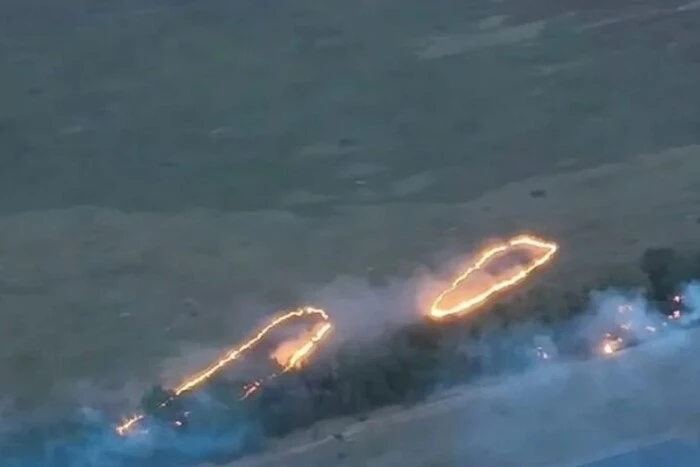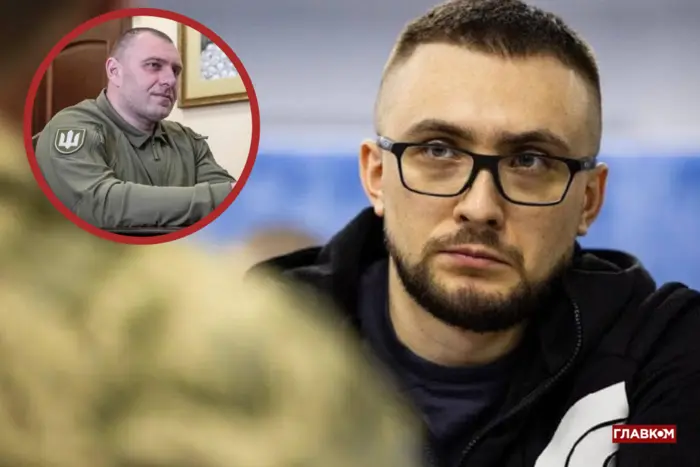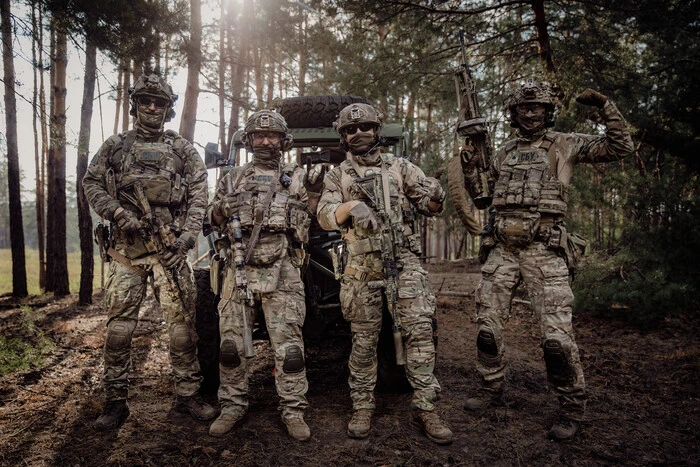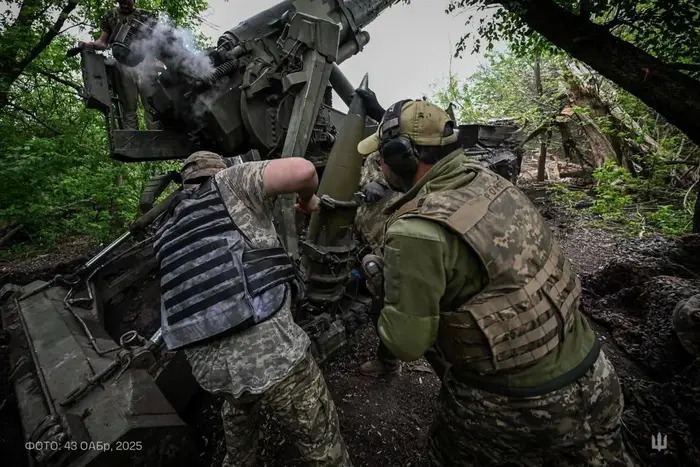Ukrainian 'Dragon Drones' Terrify Occupants.


Ukrainian dragon drones are making occupants scared. This is reported by CNN. These drones douse Russian positions with thermite - a mixture of aluminum and iron oxide or nickel, which burns very hot.
Thermite can quickly burn vegetation, leaving the Russians without cover and they can also be destroyed.
“It is a very unpleasant substance. Using a drone to deliver it is quite innovative. But if used in this way, the effect will be more psychological than physical. Considering Ukraine's ability to obtain thermite, these are more likely to be single operations than a new main weapon,” said former British army officer, military analyst Nicholas Drummond.
The expert emphasizes that the psychological effect of using thermite is very strong. Russian soldiers panic and flee their positions.
Thermite was discovered by German chemist Hans Goldschmidt in 1895 and was initially used for welding railway tracks.
But then the military discovered its effectiveness in destroying enemy equipment, as thermite can burn through metal.
Thermite bombs were used during the two world wars.
According to the British group Action on Armed Violence, Ukraine has also used thermite to destroy Russian tanks.
“Thermite is dropped directly into hatches, quickly ignites, and destroys everything inside. Such precision, combined with the drone's ability to bypass traditional defenses, makes thermite bombs a very effective tool in modern warfare,” noted the AOAV report.
It was previously reported that new types of weapons are being used on the front in Ukraine. These are munitions that are well-suited for small drones.
Read also
- Attempt on STERNENKO. SBU General Maluk revealed details of the high-profile special operation
- The Head of the SBU explains why the Russians wanted to kill Sternenko
- SBU Special Unit 'Alpha' Celebrates Anniversary: Interesting Facts
- In the USA, a man drove a car into a church and opened fire
- Russia attacked Ukraine with 368 aerial targets: how many were shot down
- Battlefield map of Ukraine as of June 23, 2025










